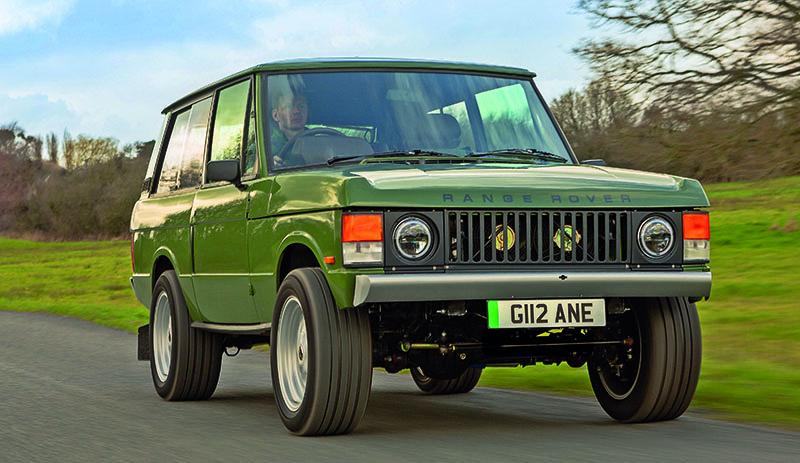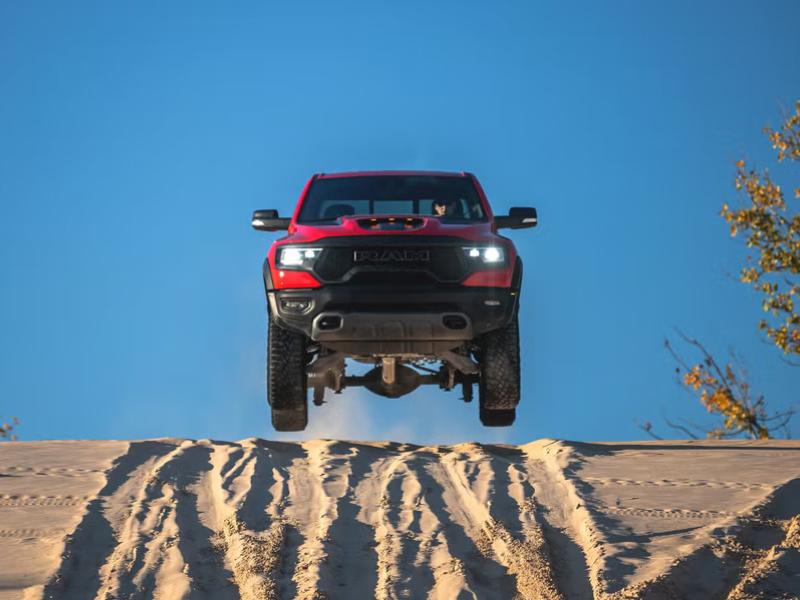The original Range Rover. Two doors, seating for five, commanding driving position, 3.5-litre V8 under the bonnet. Unnervingly, amazingly capable on and off road, the ‘Rangie’ is widely recognised as the original SUV.
However. The Brits (some of them) are questioning whether the rumble of that all-alloy V8 is an embedded part of the character of a Range Rover. After all, the truck was also available with a diesel. A slightly breathless one.
So, a crowd in the UK called Inverted has dumped internal combustion altogether and created an EV Rangie.
The conversion follows standard practice for a high-dollar ‘electromod’: take one carefully restored shell and add low-mileage Tesla bits.
Charge comes from an 80kWh Tesla Model S battery pack that has been split up so that nine of the modules live under the bonnet and six go in the boot (which is now quite a bit smaller as a result). Three different drive modes, Eco, Sport and Off-Road provide varying power outputs and regenerative brake levels.
Every Inverted Range Rover Classic undergoes a full restoration alongside the full electrification of the powertrain. The exterior is returned to its former glory, retaining and enhancing the classic styling that the car is known for. The interior is designed to create luxury and modernity without detracting from the original features. Each car is tailored to the customer’s bespoke colour and trim specification.
Inside the prototype, #001, the combination of sustainable Mocha leather from Muirhead (the world’s lowest carbon leather from the Scottish Leather Group), and contrasting Harris Tweed gives the feeling of ultimate British luxury and style, at home in the city or countryside. The car is equipped with soundproofing, airconditioning, central locking, Apple CarPlay/Android Auto, reverse camera, high end sound system, heated seats and USB charge points.
Inverted says the Rangie will do 320km as long as it stays away from the motorway.
While a lot of electric conversions still drive through the original gearbox, Inverted puts a single Tesla motor roughly where the gearbox and transfer case was. This means it can drive all four wheels through stock (but strengthened) propshafts going to the front and rear live axles. These have been reconditioned and beefed up to handle the motor’s 335kW (450bhp) and 600Nm.
The chassis has received a few upgrades, too. The rear springs are stiffer to handle the weight of the battery, and the dampers are adjustable items from Fox. Rear brakes are standard, but the fronts are four-pot callipers and discs from Alcon.
A lot of ancillaries come from either a donor Tesla (such as the brake booster) or off the shelf from aftermarket suppliers (like the battery management system).







